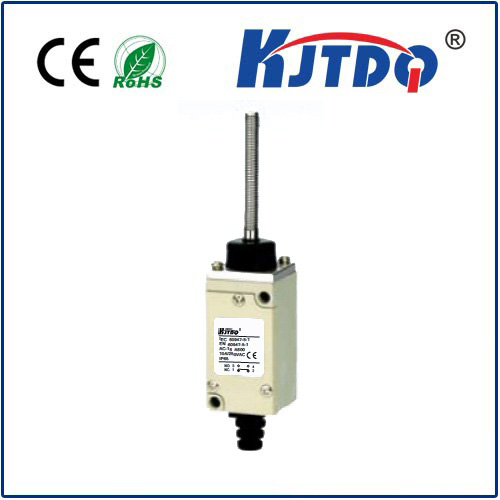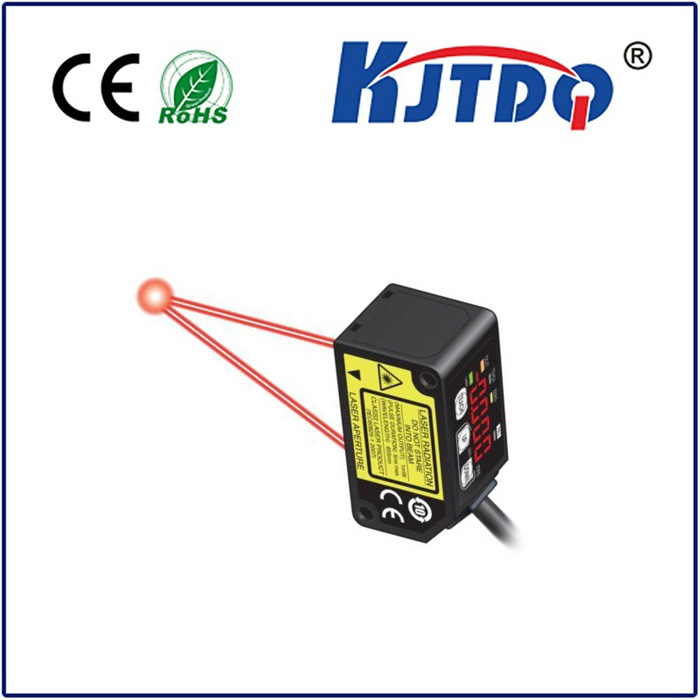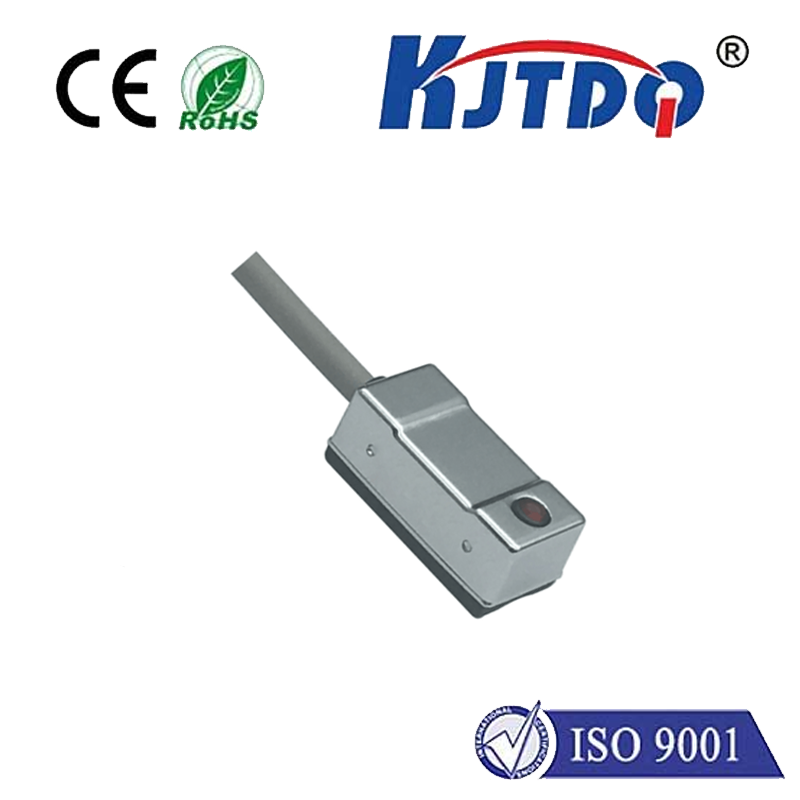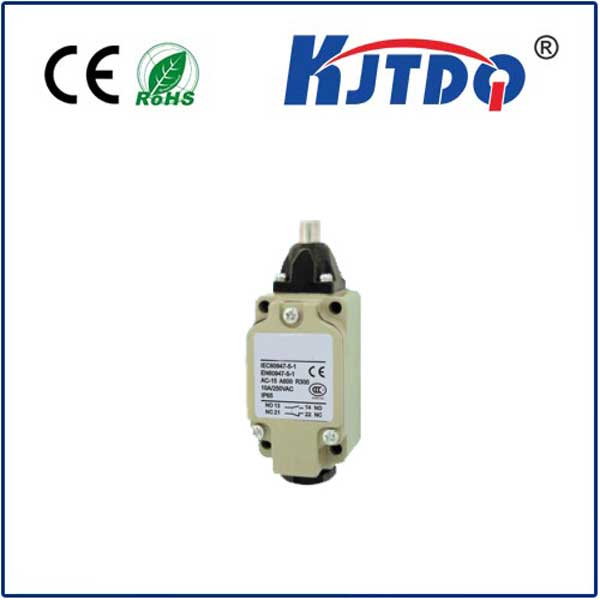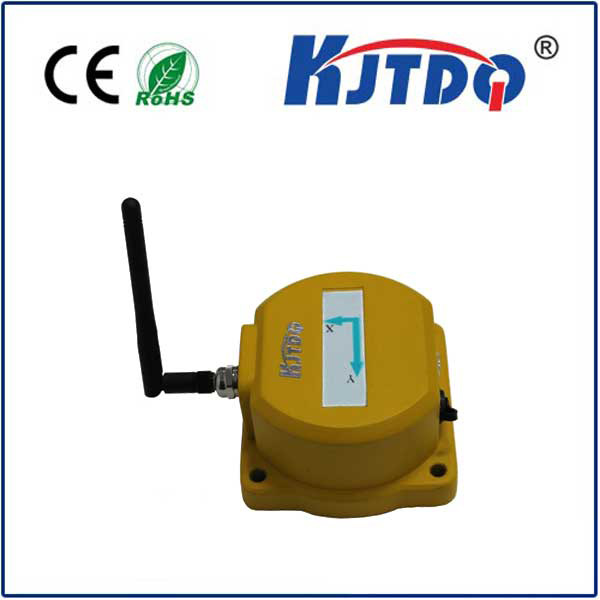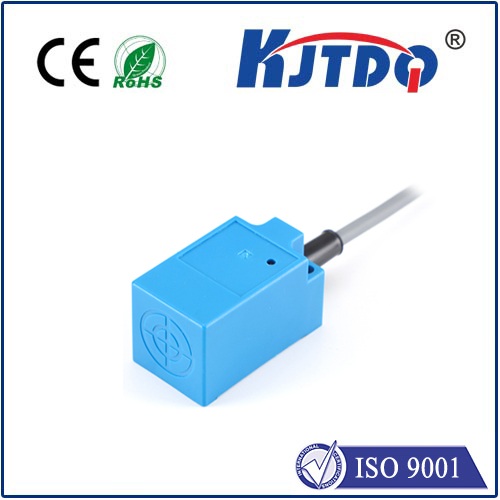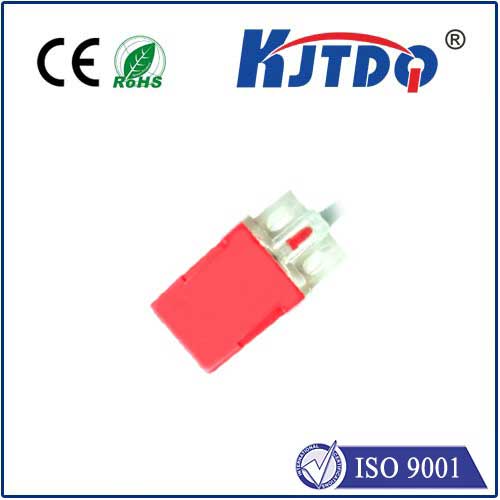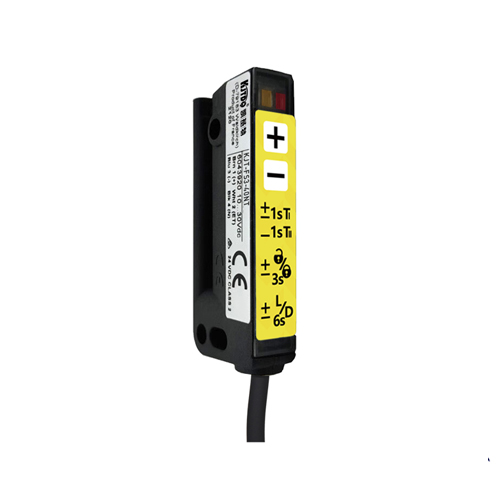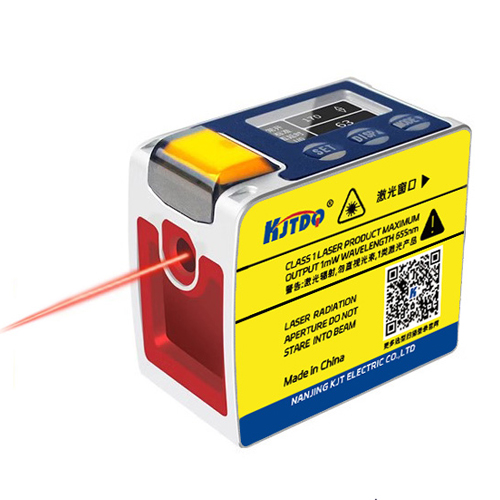BES0314 proximity sensor
- time:2025-10-14 03:16:25
- Click:0
The Complete Guide to BES0314 Proximity Sensors: Versatile Detection Solutions
In the intricate dance of modern automation and machinery, countless components perform crucial yet often unseen tasks. Among these unsung heroes, the BES0314 proximity sensor stands out as a fundamental element enabling precise, reliable, and non-contact detection. If you’re involved in manufacturing, robotics, packaging, or any field reliant on automated processes, understanding this specific sensor model is key to unlocking efficiency and reliability.
Understanding Proximity Sensors and the BES0314
At its core, a proximity sensor detects the presence or absence of an object without requiring physical contact. This non-contact operation is vital in environments demanding high reliability, speed, and minimal wear and tear. The BES0314 represents a specific model within this broad category, embodying the characteristics of a rugged, industrial-grade inductive proximity sensor.
Inductive sensors like the BES0314 specifically target metallic objects. They work by generating an electromagnetic field. When a conductive metal target enters this field, it induces tiny eddy currents within the target, causing a detectable change in the sensor’s own oscillation circuit. This change triggers the sensor’s output switch.
Key Technical Specifications of the BES0314 Proximity Sensor

The effectiveness of the BES0314 sensor hinges on its well-defined technical parameters:
- Sensing Principle: Inductive (detects ferrous and non-ferrous metals).
- Sensing Distance: Typically specified (e.g., 2mm, 4mm, or 8mm - exact value depends on the specific suffix/model variant). This nominal sensing distance (Sn) indicates the ideal detection range under standard conditions.
- Operating Voltage: Commonly designed for a wide DC voltage range, such as 10-30V DC, making it compatible with standard industrial control systems.
- Output Configuration: Frequently features a PNP (sourcing) output, meaning the sensor provides a positive voltage signal when activated. Some variants might offer different outputs like NPN or NO/NC configurations.
- Switching Function: Often Normally Open (NO), closing the circuit (providing voltage) when a target is detected.
- Enclosure & Protection: Boasts a robust stainless steel housing designed to withstand harsh industrial environments. Crucially, it usually carries an IP67 rating (Ingress Protection), signifying excellent resistance to dust and temporary immersion in water up to 1 meter.
- Electrical Connection: Typically utilizes a cable connection (e.g., 2m PVC cable), simplifying installation compared to connector types.
- Form Factor: Generally features a barrel shape (cylindrical) with common thread sizes like M12 or M18, allowing for easy mounting using standard nuts.
Where the BES0314 Proximity Sensor Excels: Core Applications
The combination of durability, reliability, and specific sensing capabilities makes the BES0314 suitable for a vast array of industrial tasks:
- Position Sensing: Accurately verifying if a part is correctly positioned on a fixture, pallet, or conveyor belt before the next step in the process.
- End-of-Travel Detection: Confirming when a moving part (like a cylinder rod, actuator arm, or gate) has reached its fully extended or retracted position.
- Object Counting: Detecting metallic objects passing a point on a conveyor or production line to maintain accurate production counts or inventory tracking.
- Presence/Absence Verification: Ensuring components (brackets, nuts, washers, machined parts) are present where they should be on an assembly or before packaging. Missing part detection is critical for quality control.
- Speed Monitoring (Indirect): Detecting the passage of gear teeth, bolts on a rotating flange, or other metallic features to infer rotational speed.
- Jam Detection: Sensing the buildup or unexpected presence of metal objects in chutes, conveyors, or machinery paths to trigger alarms or shutdowns, preventing damage.
- Level Detection: Monitoring the position of metallic floats in tanks or verifying the presence/absence of metal containers at specific levels.
The Unmistakable Advantages of the BES0314
Choosing a BES0314 proximity sensor offers distinct benefits for engineers and maintenance personnel:
- Non-Contact Operation: Eliminates physical wear and tear on both the sensor and target object, leading to dramatically increased longevity compared to mechanical switches. No moving parts mean less maintenance and longer service life.
- High Reliability & Repeatability: Provides consistent and accurate detection over millions of operating cycles, essential for automated production lines.
- Environmental Resilience: The stainless steel housing and IP67 rating ensure reliable operation despite exposure to dust, moisture, cutting fluids, oils, and vibrations common in factories and processing plants.
- High-Speed Operation: Capable of detecting very fast-moving targets, making them suitable for high-speed production and sorting applications where mechanical switches would fail.
- Simple Installation & Integration: The cylindrical (M12/M18 barrel) design with a cable simplifies mounting and connection to standard PLCs (Programmable Logic Controllers) or other control systems.
- Cost-Effectiveness: While offering significant features and durability, inductive proximity sensors like the BES0314 provide excellent value over the long term due to their reliability and low maintenance needs.
Selecting and Implementing the Right BES0314 Sensor
To maximize performance, consider these factors when using a BES0314 proximity sensor:
- Target Material: While primarily for metals, detection distance can vary. Ferrous metals (iron, steel) are detected at the nominal sensing distance. Non-ferrous metals (aluminum, brass, copper) have a reduced sensing range (often 30-60% of Sn).
- Target Size: The target must be large enough (relative to the sensor face) to reliably trigger detection. Consult datasheets for minimum target size specifications.
- Sensing Distance: Always choose a sensor with a nominal sensing distance (Sn) greater than the required mounting distance. Account for factors like target material and allow a safety margin (usually 70-80% of Sn for reliable operation in real-world conditions).
- Mounting: Ensure the sensor is securely mounted using the correct nuts. Avoid excessive force that could damage the housing. Consider potential interference from surrounding metal (mounting brackets, machine frames) which might slightly reduce the effective sensing distance.
- Electrical Connections: Strictly adhere to the wiring diagram (typically Brown = +V, Blue = 0V, Black = Signal Output). Ensure polarity is correct to prevent damage. Use appropriate cable protection (conduit, sleeving) in areas prone to abrasion.
- Environment: Although robust, ensure the sensor isn’t subjected to temperatures beyond its specified range or constant immersion beyond its IP67 capability.
A Foundational Component for Modern Automation
The BES0314 proximity sensor, though seemingly simple, is a cornerstone technology enabling the precise, reliable, and maintenance-free operation essential in today’s automated world. Its ability to detect metal objects without contact, combined with its robust stainless steel housing and IP67 protection, makes it an indispensable tool across countless applications, from verifying part presence to preventing jams and ensuring precise positioning. Understanding its specifications, capabilities, and optimal application scenarios is key for anyone designing, maintaining, or improving automated systems, ensuring they achieve peak performance and reliability.







